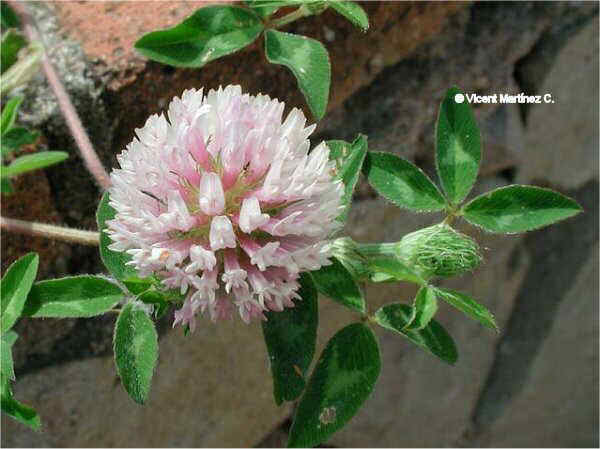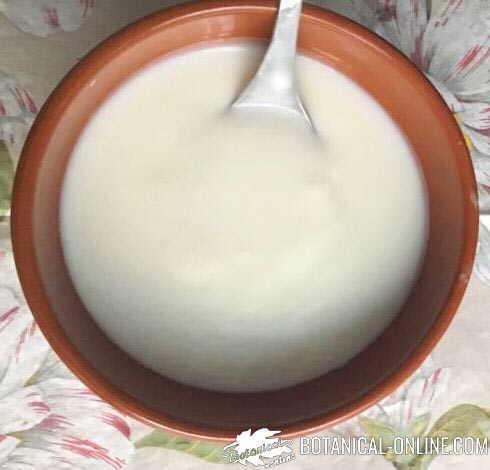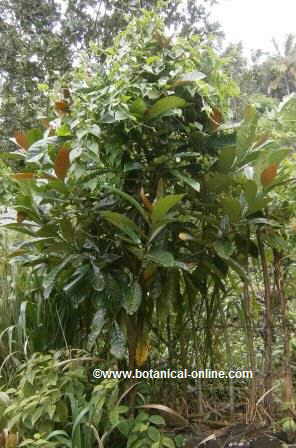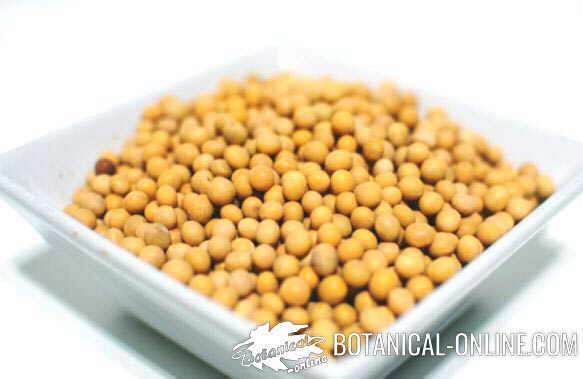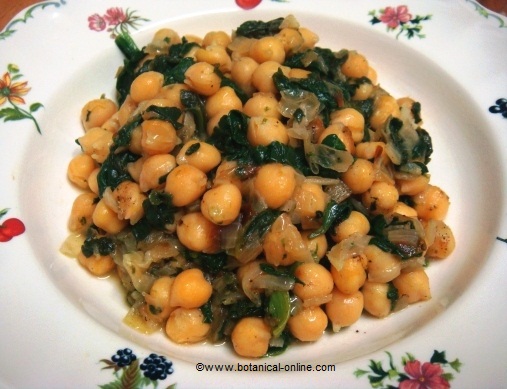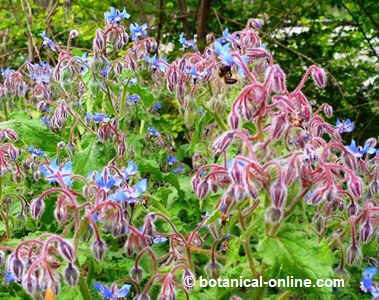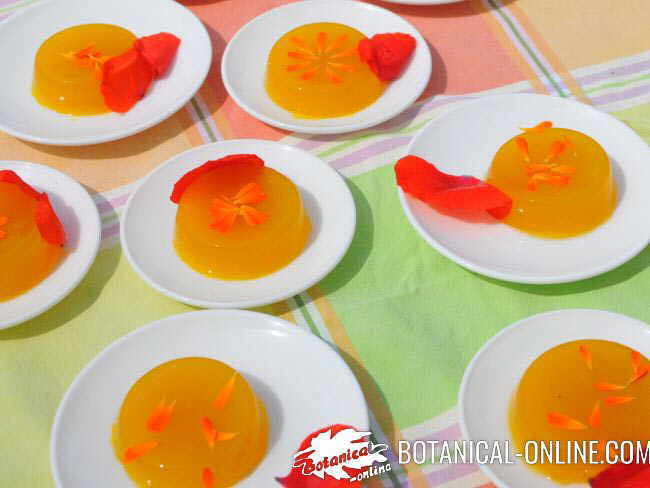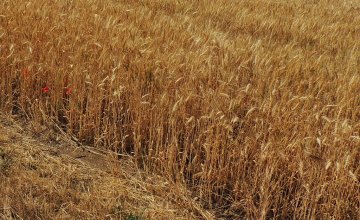Contents
- 1 Honey clover and Yellow sweet clover differences
- 2 Medicinal properties of Melilotus
- 3 Melilotus to improve circulation
- 4 Melilotus spp. and the origin of dicumarol or warfarin medicine
- 5 Discovery of anticoagulant drugs from Melilotus
- 6 Importance of Melilotus in the pharmacopoeia
- 7 Melilotus, diuretic for fluid retention
- 8 Other properties of Melilotus
- 9 Gastronomic uses of Melilotus
- 10 Is Melilotus safe?
Honey clover and Yellow sweet clover differences
Honey clover (Melilotus album) and Yellow sweet flower (Melilotus officinalis) are very similar, being the color of the flowers what distinguishes them the most. Some specialists even consider them as two varieties of the same species ( Melilotus officinalis and Melilotus officinalis alba). The general opinion is to classify them as two different species.
Being almost the same in composition, they are thought to possess similar properties, although Yellow sweet flower is the one that has generally been used in phytotherapy as a medicinal plant.
Medicinal properties of Melilotus
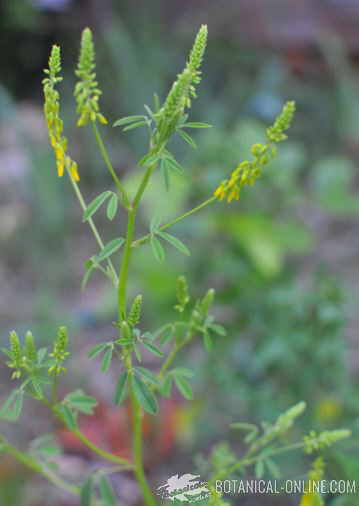
Melilot is a medicinal plant used for vascular and lymphatic disorders. It is anti-inflammatory, antispasmodic, astringent, sedative and diuretic, but above all its anticoagulant and vasoprotective properties stand out.
Melilotus to improve circulation
The active substance , coumarin, stimulates blood microcirculation and stabilizes the erythrocyte membrane, so that it is mainly used as a blood fluidizer. It acts in all those discomforts related to coagulation problems and poor blood circulation.
It is indicated for coagulation disorders, prevention of embolisms, varicose veins, sequelae of phlebitis, high blood pressure, …
Melilotus spp. and the origin of dicumarol or warfarin medicine
It was key to the discovery of one of the most used drug groups in the world today: anticoagulants. To discover the origin of this drug, we are located in North America and specifically in the early twentieth century, in states with large areas of land, where livestock grazes and where it was planted as fodder and grew at ease. Animals like it and it was a cheap grass. Given the success, the farmers planted more meliloto because it spread, they were even allowed to mow it, dry it and save it for the winter when livestock was stabled within.
We were in 1920. The Great Depression and economic crisis came after the First World War. Everything was used, even stored fodder, even if it was poorly dried, moist and contains fungi. Farmers began to see how their animals die bled, even several in one day, and these deaths occurred when they ate poorly dried fodder from this plant. Losses were very high. People were talking of “sweet clove disease”. Some scientist began to investigate, but they failed to find the causative substance and neither much interest was paid from the authorities.
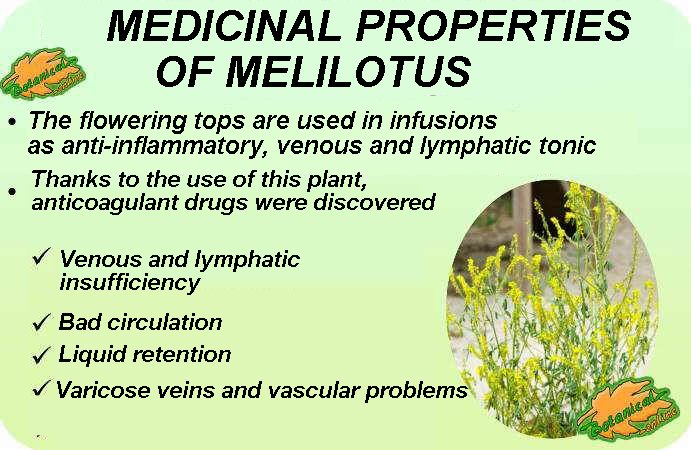
Discovery of anticoagulant drugs from Melilotus
In the early thirties, Karl Paul Link (1901-1978) attended an affected farmer and decided to get involved in his problems with the cattle. But it was not until 1940 that it was possible to assimilate the causative substance of these facts: dicumarol, patented in 1941, a hemorrhagic agent, anticoagulant, which is formed when the coumarins of this plant oxidize during the fermentation process that starts with moisture . An anticoagulant substance had been assimilated pending to see what human applications it would have.
Karl P. Link thought that the effect he had with cattle could also have with rats, but dicumarol proved to be too slow. So he did not stop until he found a substance analogous to dicumarol that would become the most effective raticide in history, Warfarin. So effective was this killer, that an American soldier decided to use Warfarin with himself to commit suicide (although he did not have the expected effect, although he had to run to the hospital, and there they could experiment with vitamin K as an antidote or coagulant, to counteract with the effect of Warfarin).
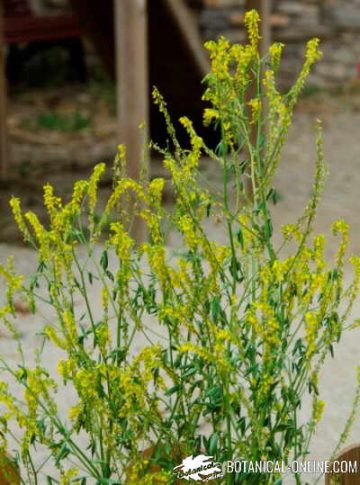
Importance of Melilotus in the pharmacopoeia
From these incidents, vascular medicine made a breakthrough and today dicumarol and its analogues, such as Warfarin, are very widespread substances in the medical and pharmaceutical field, as well as the most used type of anticoagulants. Many people use these drugs daily, which are prescribed to prevent cardiovascular accidents in high-risk patients, such as those who have had a heart attack, stroke, angina pectoris, poor circulation, thrombosis, etc. (Infusion of a teaspoon of flowering tops per cup)
It must be highlighted the importance of the correct dose to achieve certain effects. Warfarin is used to cure or prevent circulatory problems, but also as a pesticide and poison, based on causing internal bleeding at high doses.
Melilotus, diuretic for fluid retention
In addition to its use as an anti-inflammatory, venous and lymphatic vessels tonic , another of the prominent properties of melilot is its diuretic and anti-edematous effect. The plant is used to treat edema of inflammatory and lymphatic origin.
It is indicated in the natural treatment of venous and lymphatic insufficiency, as well as in related disorders, such as heaviness of legs, cramps, itching, thrombophlebitis, varicose veins, post-thrombotic syndrome, hemorrhoids and lymphatic stasis (lymphedema). (Infusion of a teaspoon of flowering tops per cup)
Other properties of Melilotus
The same preparation is also very suitable in case of obesity, which often involves problems of poor circulation.
Its use is also advised, in infusions, to take advantage of its qualities as a sedative and soothing, as well as for eye cleaning. In animal experimentation, the plant has demonstrated properties to accelerate healing.
The flowers also contain a certain degree of mucilage which makes it digestive and can enter in the composition of infusions for cough, aphonia or hoarseness. It is also indicated as soothing, for cases of excitability, and as antispasmodic.
Gastronomic uses of Melilotus
Its aromatic properties make it suitable in the kitchen, such as edible flowers, to perfume desserts, wines or cheeses … (See: Melilotus as food)
Is Melilotus safe?
Since it is a plant that fluidizes the blood and on the other hand acts as a vasoconstrictor, it is advised to use it under medical criteria, since an excessive dose can lead to bleeding problems.
Likewise, special care must be taken not to consume poorly dried flowers that could have fungi, since, in that state, it becomes hemorrhagic, due to the action of dicumarol, although the danger also depends a lot on the dose used.
![]() More information on Melilotus
More information on Melilotus

